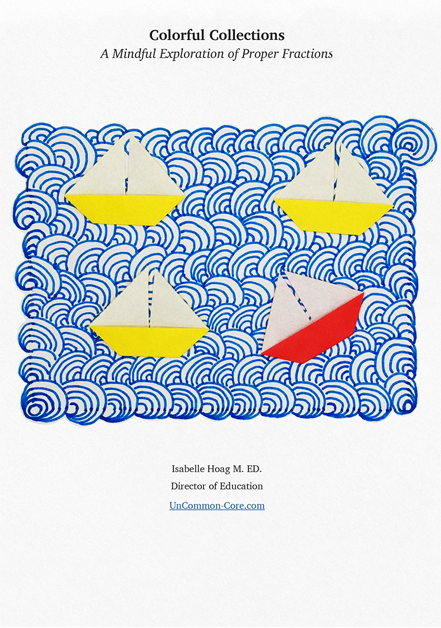Blog
All parents want their children to do well in math class. Parents want to help their children as much as possible. Sometimes, they feel baffled by the way their children are being taught things that they consider to be 'simple' topics.
Remember what the world was like before you could count? Do you recall what challenges you faced while learning to count? What sort of misconceptions did you have about counting back then? Remember? Me neither. Once you know how to count it is very difficult to remember how things were before that time. Fortunately, you don't have to remember what it was like in order to help your child learn to count.
Thinking about words like tofu, origami, ski, broccoli, raj, improv, and caribou, shows that words ending with I, J, U, or V, have either been imported from other languages or are new to any language. Of course, there are a couple of exceptions that your students, you, and I just have to live with.
Remind students that the final silent E can have more than one purpose in a word. Let them explore how words that end with TH are changed when a final silent E is added.
Pronunciation often depends upon where you were born or where you live now. For example, when I pronounce the following words, I hear and say two syllables: fire, tire, spire, ire, gyre, wire, and lyre. To my mind, 'hire' sounds like 'higher. Empire, umpire, conspire, inspire, and vampire, have three syllables ~ when I say them.
Every spoken syllable has one vowel sound with or without consonants attached. In English, every written syllable must include at least one vowel letter. When there is no strong vowel sound in the final syllable, silent E is added.
Gradations of Meaning, Whole/part relationships, and Expressions of Equality Building student vocabulary is an essential part of promoting academic success. Students with a larger stock of words and a deeper understanding of the nuanced ways in which those words can be used, tend to do better in school. They have more background knowledge to build ... Continue Reading
When I started teaching, the fun thing to do was squirt shaving foam on the table and have students write or draw in the foam. Back then, we did it because it was fun. Now we do it because it develops students’ fine motor skills, eye-hand coordination and gives them a hands-on way to practice ... Continue Reading
I started painting on rice paper years ago. Gradually I began to illustrate familiar stories on the rice paper. I glued wooden dowels to both ends to make handling the delicate paper easier. I shared these scrolls with my students as I told them stories, then had them repeat the stories using my illustrations to ... Continue Reading
Download Colorful Collections:
A Mindful Exploration of Proper Fractions
Help your students make sense of fractions.
I started teaching in 1987, which means I’ve collected many tips and tricks along the way. In this ebook, I share concepts, strategies, and classroom materials to help you make math sticky.
Along with this useful ebook, you will receive weekly emails from StickyMath@UnCommon-Core.com. I send information like: teacher tips, educational ideas, book reviews, curated lists, reviews of educational sites, and free first drafts of products that I’m creating for my TPT store. That way, you get helpful ideas and free stuff, while I get some feedback before I finalize products and put them up for sale.
I value your privacy. I will never sell your information. You may unsubscribe at any time.
All the best!
Isabelle
Isabelle Hoag M. Ed.

